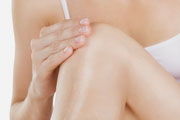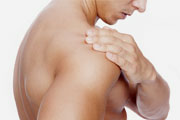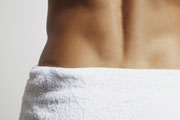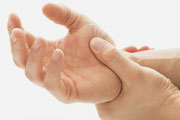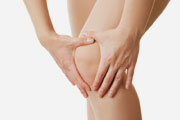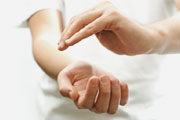What are your symptoms?
A large percentage of lower limb consultations involve the knee, which can be affected by various injuries resulting from trauma (blow or fall) or, more often, by overuse, particularly in athletes. The menu above will allow you to explore the treatments offered at the Clinique Chirurgicale de Laval to treat various knee aches.
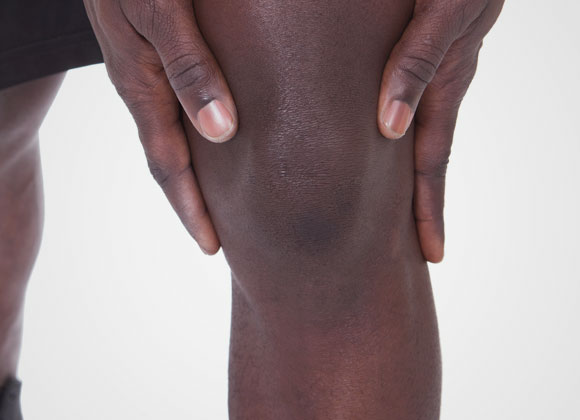
Knee pain
Mobility problems are the most frequent reason for consulting in relation to knee trouble. The knee is constantly involved in all the movements of daily life. The joint is complex and its mechanics are dependent on the sliding surface (cartilage), the stabilizing envelope (ligaments, menisci) and articular movers (muscles and tendons).
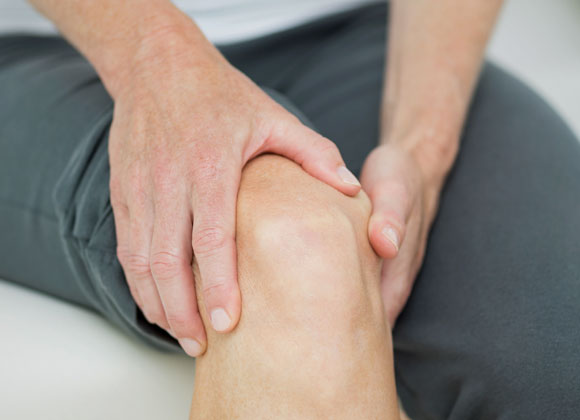
Intense knee pain
A false movement or a fall can cause excessive constraint to the knee which can damage an internal structure of the joint. Most frequently, injury to a small cushion or meniscus between the thigh bone or femur and the leg bone or tibia is the source(meniscal rupture). The pain is often on the side of the knee, sometimes coupled with the knee locking or swelling.
What can be done?
The knee must first be put to rest and protected by using crutches if needed. Inflammation must be reduced through the use of ice, analgesics and anti-inflammatory drugs.
If the pain lasts several weeks, further medical examination and investigation can lead to an intervention whereby a camera is inserted into the knee (knee arthroscopy and meniscectomy). Rapid consultation is critical if the knee is locked.

Does your knee give way
If the fall is more severe, the articulation can be significantly displaced causing ligament ruptures (ligament sprain or anterior cruciate ligament rupture).
What can be done?
The more active you are, the more ligament reconstruction will give predictable results. Anterior cruciate ligament repair replaces the damaged structure of the torn ligament. It is critical beforehand to maintain knee flexibility and muscle tone that will assist in knee rehabilitation.
People with hyperlaxity, mainly young women, can experience extensor mechanism instability with patella dislocation.
What can be done?
After having eliminated the possibility of cartilage damage using appropriate investigation, kneecap stabilization can be warranted if there is a relapse.
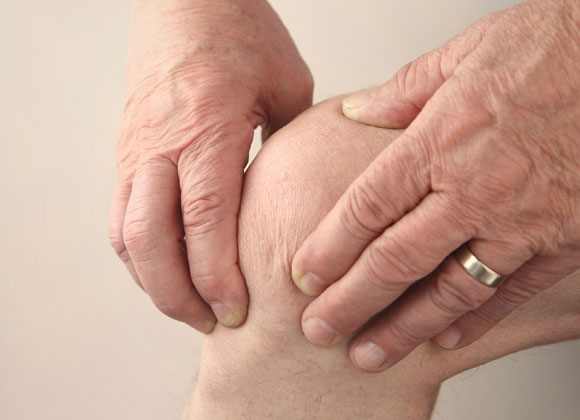
Chronic knee pain
To avoid pain and inflammation, the knee protects itself by reducing its mobility. Chronic mechanical pain is most often linked to cartilage wear known as knee osteoarthritis.
What can be done?
Try to slow down! The wear on your knee will only increase with too much exercise. Maintaining a healthy weight is easier on the knees. Heat or cold with a small amount of compression can control pain. Your doctor can also prescribe anti-inflammatory drugs if deemed necessary.
Certain accessories can help realign your limbs (insoles, orthoses).
If a radiological evaluation reveals significant wear, the treatment can consist of steroid infiltrations, or viscosupplementation, realignment through valgisation osteotomy or even joint replacement using a knee prosthesis.
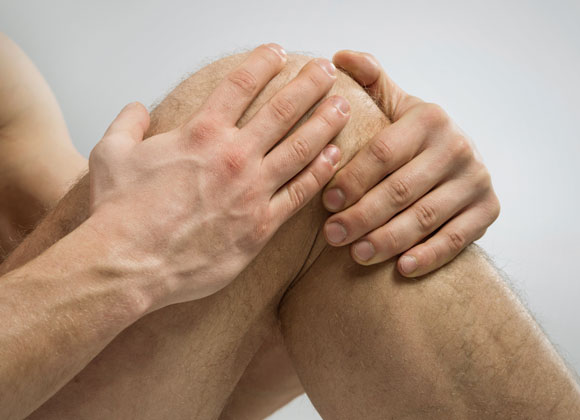
Knee swelling
Any knee swelling must be clinically evaluated to determine its nature. A prepatellar bursitis is an accumulation of liquid in a small pouch in front of the knee. Infection is a frequent complication.
What can be done?
The accumulation of liquid can be resorbed but the removal of the pouch or prepatellar bursectomy, should eliminate any relapses.
Reference: "Guide familial des symptômes", under the supervision Dr. André-H. Dandavino, in collaboration with "l'association des médecins de langue française du Canada", 2nd edition, Rogers 2003. (chapter: 107, 142, 182, 228, 233, 250, 311)

